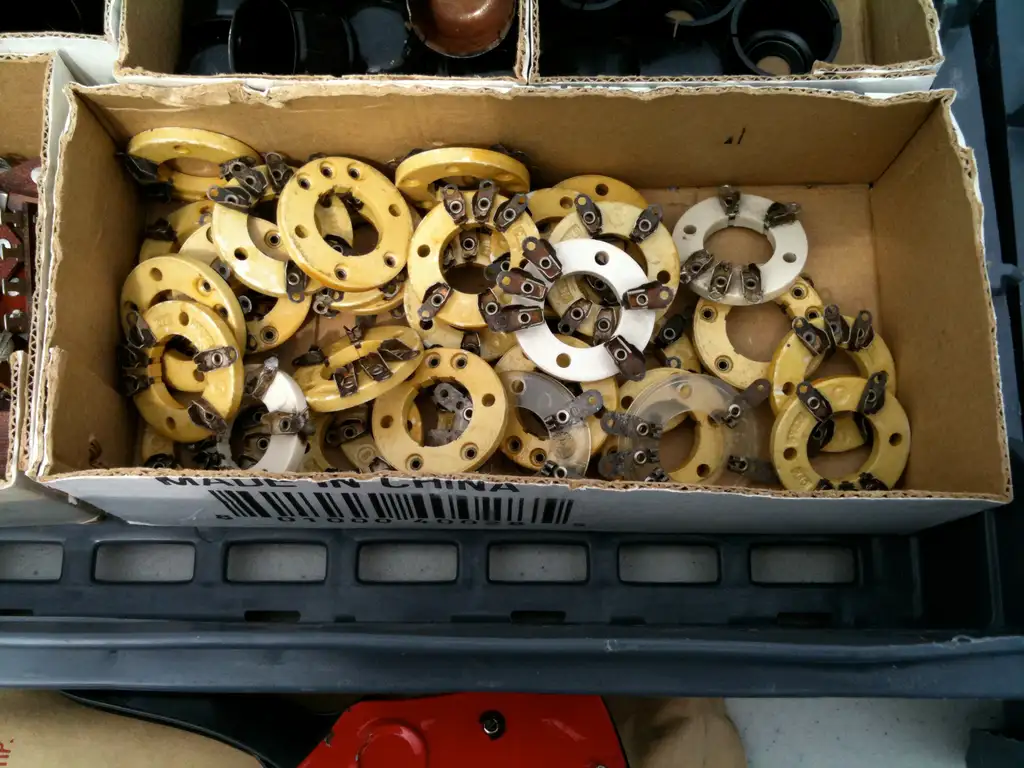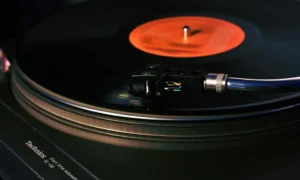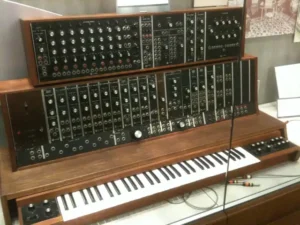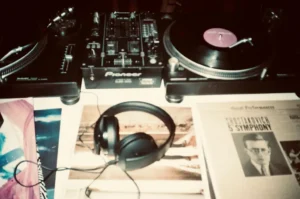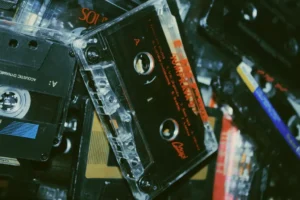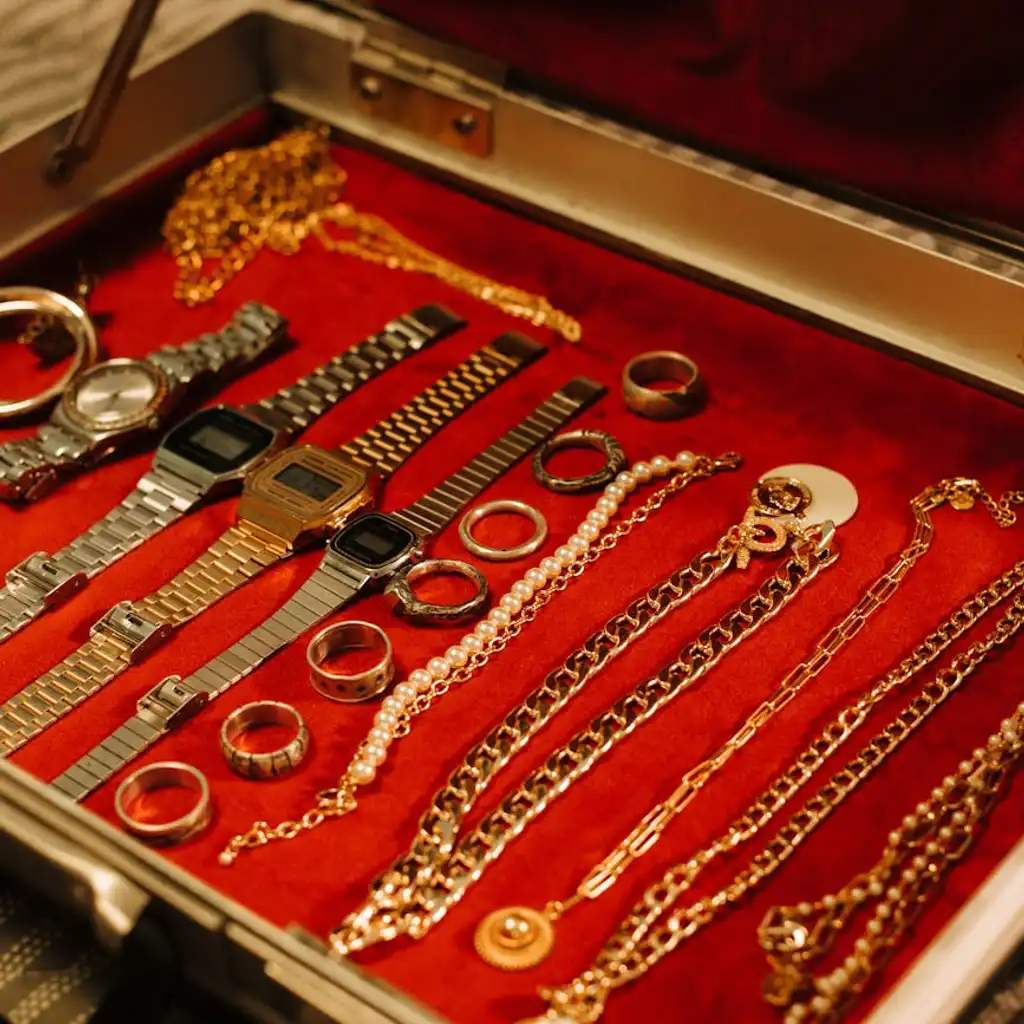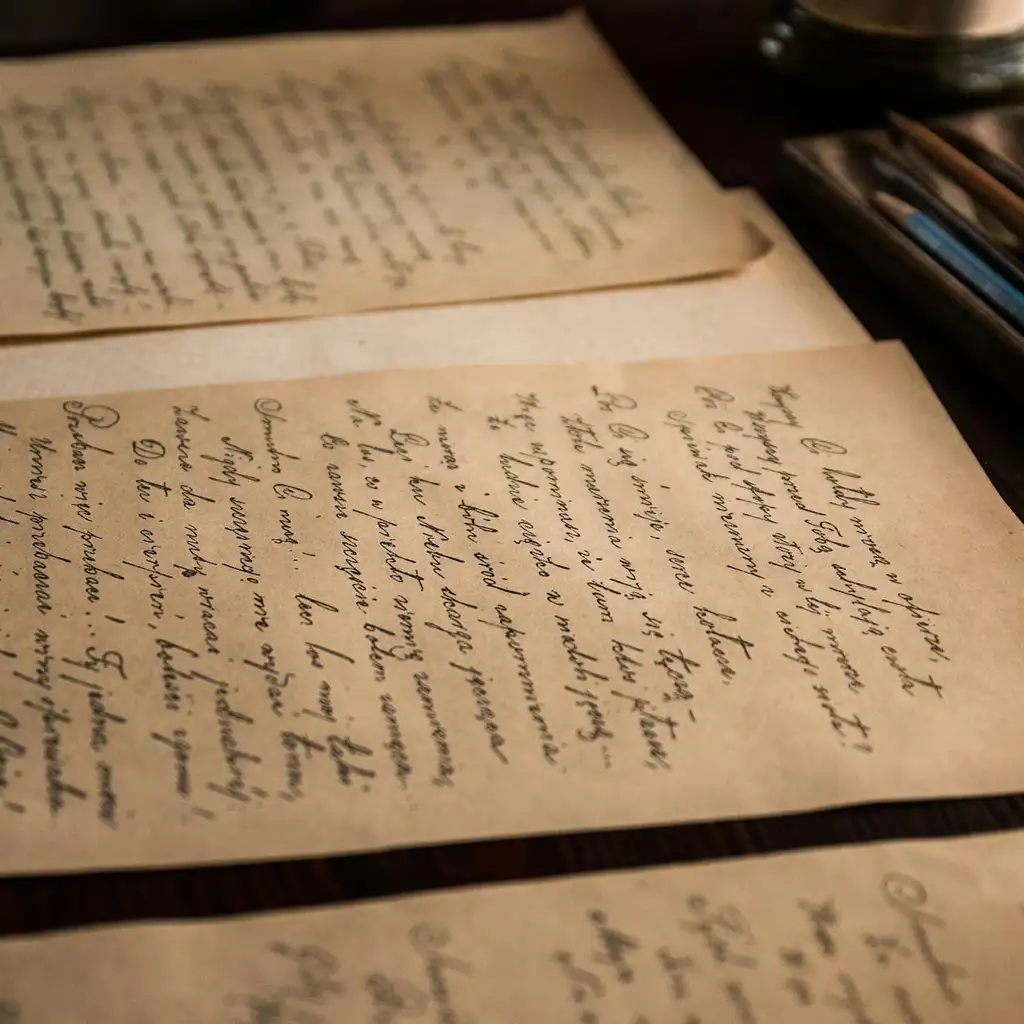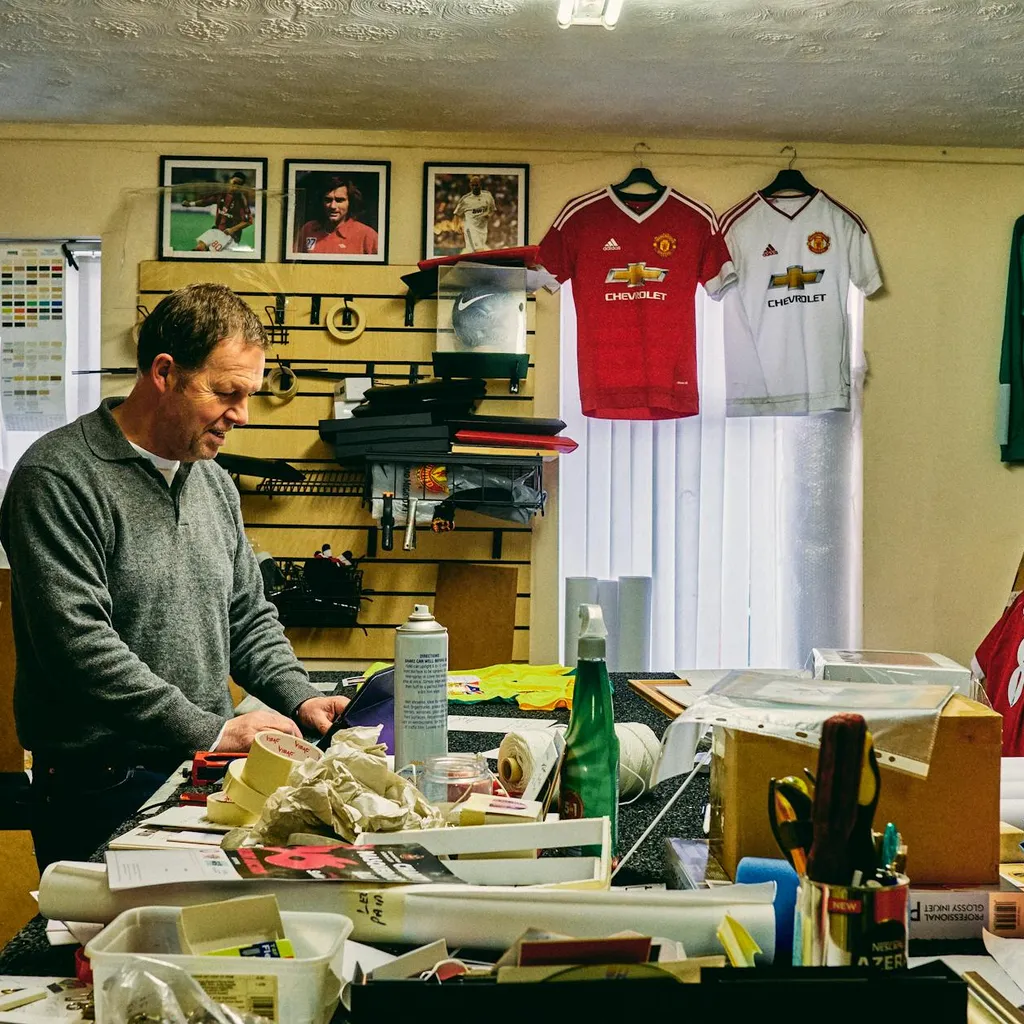In the heart of Cambridge, Massachusetts, a modest parking lot at the Massachusetts Institute of Technology undergoes a remarkable transformation once a month during the summer. This space becomes the epicenter of a high-tech flea market, celebrated for its eclectic and rare offerings. Tables brim with vintage radio equipment, some pieces dating back a century, and visitors might even stumble upon a telescope as large as a cannon or a genuine NASA space capsule.
Known as Swapfest, this event draws tech enthusiasts from all over New England, eager to buy and sell gadgets that are not available in conventional stores. Some attendees are on the hunt for components to construct robots, while others are amateur radio aficionados looking to expand their collections. For many, Swapfest is akin to an open-air museum showcasing the unusual and unexpected.
“You can pretty much find all things nerdly,” remarked Steve Finberg, an MIT alumnus and veteran organizer, easily identifiable by his cowboy hat and bushy beard. “The flea is where you go to buy the stuff you didn’t know you needed.”
Origins and Expansion
Swapfest began three decades ago as a fundraising initiative for student radio clubs at MIT. Although it continues to support these groups, the event has grown substantially. Sellers now travel from far and wide to display their goods, with some arriving the night before to secure the best spots. Each month, hundreds of shoppers flock to explore the diverse offerings.
A Distinctive Marketplace
While New England hosts other high-tech flea markets, Swapfest is distinguished by its rare and obscure items. Its proximity to MIT and Boston’s tech industry contributes to its unique inventory, with surplus equipment from local facilities often finding its way to the market tables.
“It’s the high-tech community in Boston that makes it unique,” Finberg explained. “People will bring surplus runs from production at some facility which dumped a project, and you’ll find resistors that cost big bucks being sold for a dime apiece.”
Vendors and Attendees
The vendors at Swapfest range from professionals who buy and sell electronics for a living to hobbyists clearing out their garages. All participants are advised against selling furniture, clothes, or typical yard-sale items, as Swapfest’s charter explicitly prohibits it from becoming a general flea market.
The event takes place on the third Sunday of each month from April through October, occupying a surface lot adjacent to an MIT power plant and extending into a nearby parking garage.
Notable Finds and Experiences
Among the crowd last Sunday were Neel Shah and Sasha Berisheva, juniors at Northeastern University, on the lookout for capacitors for a car powered by chemical reactions. David Purrington and his 10-year-old son, Alec, from Needham, Massachusetts, explored radio gear together, sharing a mutual hobby.
“My dad has gotten me into ham radio,” Alec said, highlighting the event’s appeal to enthusiasts. “I would definitely call this a geekfest.”
The latest gathering featured items such as an ultrasound machine and a dish antenna from a 1960s fighter jet. Tom Perera regularly showcases his collection of Enigma machines, used by Germans in World War II for coded messages.
Insights from a Seller
Chuck Ochs, a regular seller since 1991, offers vintage radios and electronic testing equipment. His rarest item last week was a Crosley Model 51 radio from 1921, priced at $100.
Ochs has attended numerous sales over the years but finds none quite like MIT’s flea. “A lot of this stuff was thousands and thousands of dollars when it came out,” he said. “If it exists in the city, this is where you’ll see it.”
